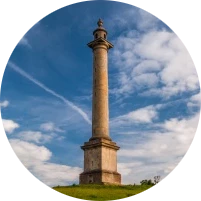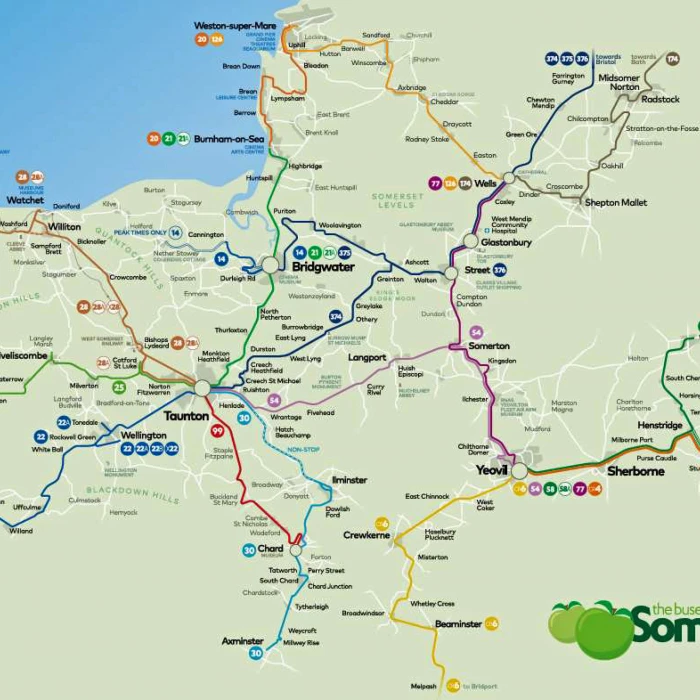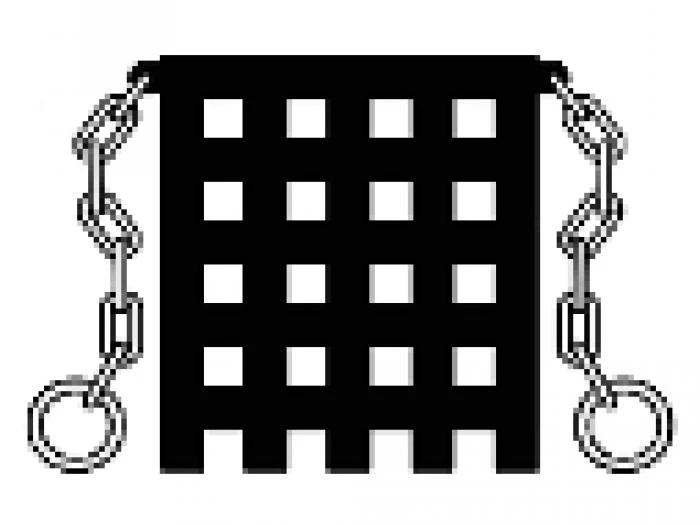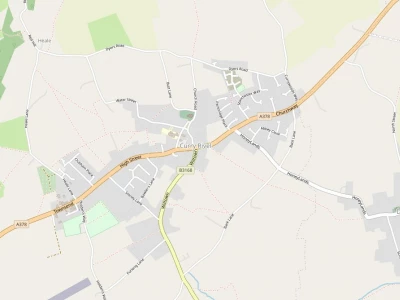History Society meets Monmouth
by Janet Seaton
The Society's first meeting after the summer break was an illustrated talk by John Allen on one of the most important events in West Country history, the Monmouth Rebellion of 1685, culminating in the Battle of Sedgemoor and its tragic aftermath locally.
John began with a summary of the life of James, Duke of Monmouth in the context of the turbulent political and religious climate of late 17th century England. He was the illegitimate son of Charles II, born in Rotterdam on 9 April 1649. Because of fears for his personal safety in this period before the 1660 Restoration, he was moved around the Continent and England.
When Charles was restored to the English throne in 1660, there was no legitimate heir, provoking various claims including that of the Protestant, James, and the Catholic Duke of York, the King's brother. Young James was brought to court in 1662, rapidly granted titles, including Duke of Monmouth, and was married the following year to a Scottish heiress, Anna Scott. He took up a military career and fought in the Dutch Wars.
As the constitutional enmity over the succession grew between Monmouth and York, breaking out in episodes such as in the Popish Plot and Rye House Plot, Monmouth bolstered his popularity by various trip around England, especially in the West Country, gaining support from local notables and the general citizenry alike, though for much of this time he was effectively exiled in Europe.
By the time York became King as James II in February 1685 on Charles's sudden death, there was seething rebellion in both Scotland and English against a Catholic monarch. Monmouth landed at Lyme Regis on 11 June, and marched northwards gathering troops and supplies. After a convoluted progress which failed to produce any decisive outcome, his army eventually met the King's forces outside Westonzoyland on 5-6 June, in what is known as the Battle of Sedgemoor.
John described the various strategies and manoeuvres of the two opposing forces, leading to the rout of Monmouth's army, and then set out the terrible consequences for the West Country as the King took revenge on the rebels. Most famously this was done through the notorious 'Bloody Assizes' under the Chief Justice, George Jeffreys. Monmouth himself was captured, and beheaded at the Tower on 15 July, it taking 5 strokes to achieve the execution!
John concluded his presentation by regaling the audience with various myths and legends surrounding the Monmouth Rebellion.
The Society's next meeting will be at Langport Library on Monday 1 October, when Joseph Lewis of SSDC's Community Heritage Access Centre (CHAC) will talk about Langport in the 1980s. This will be followed by the Society's AGM. It is free to members (annual membership from September is £15): non-members are welcome, admission £4. Anyone interested in joining the History Society should contact Sue Standen (01458 273471, suzannestanden471@btinternet.com). Follow the History Society at @langporthistory, and on: https://sites.google.com/site/langportheritage/home.
Get In Touch
CurryRivelOnline is powered by our active community.
Please send us your news and views.
Email: editor@curryrivel.org.uk






